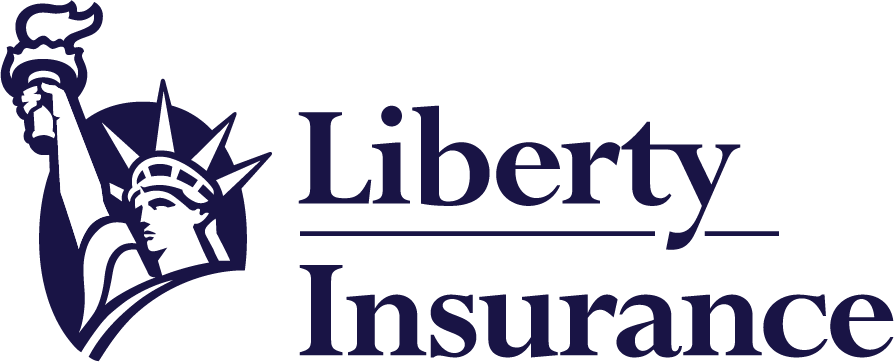Meta Description: Understand the key differences between homeowners and renters insurance. This comprehensive guide helps you choose the right policy to protect your belongings and liability. Learn about coverage, costs, and what to consider when selecting insurance.
Choosing the right insurance policy is a crucial step in protecting your assets and financial well-being. For those who own their homes and those who rent, the insurance landscape presents distinct options: homeowners insurance and renters insurance. While both offer crucial protection, understanding their differences is paramount in selecting the policy that best suits your individual needs. This comprehensive guide delves into the intricacies of homeowners insurance versus renters insurance, equipping you with the knowledge to make an informed decision.
Homeowners Insurance: Protecting Your Investment
Homeowners insurance is designed to protect your home and its contents from a wide range of unforeseen events. It’s a critical component of homeownership, safeguarding your investment and providing financial security in the face of potential losses. This type of insurance typically covers several key aspects:
Dwelling Coverage:
This covers the physical structure of your home, including the walls, roof, foundation, and attached structures like garages. Coverage typically extends to damage caused by fire, wind, hail, vandalism, and other covered perils. The amount of coverage is usually determined by the estimated replacement cost of your home.
Other Structures Coverage:
This section provides coverage for detached structures on your property, such as a detached garage, shed, or fence. This coverage is usually a percentage of your dwelling coverage.
Personal Property Coverage:
This covers your personal belongings within your home, such as furniture, clothing, electronics, and jewelry. Coverage limits vary, and you may need to schedule valuable items separately for higher coverage limits.
Liability Coverage:
This protects you from financial responsibility if someone is injured on your property or if you cause damage to someone else’s property. This coverage is crucial for protecting yourself from potentially devastating lawsuits.
Additional Living Expenses (ALE):
If your home becomes uninhabitable due to a covered event, ALE coverage helps pay for temporary housing, food, and other essential expenses while repairs are underway. This can significantly alleviate the financial burden during a difficult time.
What factors influence the cost of homeowners insurance?
Several factors contribute to the cost of homeowners insurance, including:
Renters Insurance: Protecting Your Belongings While Renting
Renters insurance, also known as tenant insurance, is a more affordable alternative designed to protect your personal belongings and liability while renting. Unlike homeowners insurance, it doesn’t cover the structure of the building itself, as that’s typically covered by the landlord’s insurance policy.
Personal Property Coverage:
This is the cornerstone of renters insurance. It protects your personal belongings from damage or theft, whether at home or away from home (with limitations). This includes furniture, electronics, clothing, and other valuable items.
Liability Coverage:
Similar to homeowners insurance, liability coverage protects you from financial responsibility if someone is injured on your property or if you cause damage to someone else’s property. This is particularly important as you are still responsible for any accidents that occur within your rental unit.
Additional Living Expenses (ALE):
While less common in renters insurance policies, some may offer ALE coverage if your rental unit becomes uninhabitable due to a covered peril. This would cover temporary housing and other essential expenses.
Medical Payments Coverage:
This covers medical expenses for guests who are injured in your rental unit, regardless of fault. This can help prevent legal issues and protect your finances.
What factors influence the cost of renters insurance?
The cost of renters insurance is generally lower than homeowners insurance, but several factors still influence the premium:
Homeowners Insurance vs. Renters Insurance: A Side-by-Side Comparison
Here’s a concise table summarizing the key differences:
| Feature | Homeowners Insurance | Renters Insurance |
|---|---|---|
| Coverage for dwelling | Yes | No |
| Coverage for personal property | Yes | Yes |
| Liability coverage | Yes | Yes |
| Additional living expenses | Usually included | Sometimes included |
| Cost | Generally higher | Generally lower |
Choosing the Right Policy for You
The choice between homeowners and renters insurance depends entirely on your housing situation. If you own your home, homeowners insurance is essential. If you rent, renters insurance provides crucial protection for your belongings and liability. It’s always recommended to consult with an insurance professional to assess your individual needs and find the best policy to fit your budget and lifestyle.
Remember to carefully review policy details, including coverage limits, deductibles, and exclusions, to ensure you have the appropriate level of protection. Don’t hesitate to ask questions and compare quotes from multiple insurers to find the most comprehensive and affordable coverage.
Protecting your assets is a significant responsibility, and choosing the right insurance policy is a crucial step in safeguarding your financial future. By understanding the differences between homeowners and renters insurance, you can make an informed decision that provides the peace of mind you deserve.






















